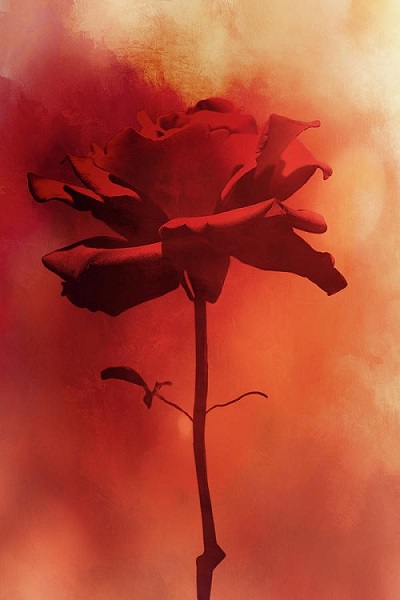FWP:
SETS == DOUBLE ACTIVATION; POETRY; SYMMETRY; WORDPLAY
For background see S. R. Faruqi's choices. This verse is NOT one of his choices; I thought it was interesting and have added it myself. For more on Ghalib's unpublished verses, see the discussion in {4,8x}.
The verse offers something close to the maximum possible amount of 'symmetry': the first line has the verb-less form 'A, B and C, D' (which of course can also be read as ('B, A and D, C'), while the second line consists of 'A is B' (which of course can also be read as 'B is A'). This structure makes the verse feel vague and diffuse-- since it contains no action, and even its equational assertions are un-pin-downable-- but also, for the same reasons, full of mood.
The 'mood' is also created by a broad structural pattern involving two sets of imagery: garden-related words, and poetry-related words. They converge on the word varaq in particular, so that it becomes doubly activated. Zamin makes the point exactly: ' varaq is the page of a book, and the leaf of a tree. Here, through the wordplay with 'garden', the second meaning is suitable; and through the wordplay with the 'rose of the theme', the first meaning.' For other such tours de force, see {120,3}.
And when it comes to imagery, there's also an encompassing redness-- of blood, of the rose, of the sunset. But shafaq too is multivalent-- it can mean not just the redness of sunset, but also both 'fear' and 'affection' (see the definition above). In the sense of 'fear' it also resonates with va;hshat (see the definition above)-- which can refer to a bleak terrain that is itself the opposite of the 'garden'. And the 'breath' resonates with the 'lament', and with the idea of (oral) poetry-composition ('page', 'theme').
In short, the verse is static and unresolvable-- but it lives within its own great cloud of evocatively melancholy 'mood'.
Compare {156,3x}, which also links 'garden-adornment' to the 'breath'.
On the nature of nafas , see {15,6}.

Zamin:
varaq is the page of a book, and the leaf of a tree. Here, through the wordplay with 'garden', the second meaning is suitable; and through the wordplay with the 'rose of the theme', the first meaning. The point is that the wildness of solitude has turned the heart to blood-- thus the complaint emerges bloodstained, and the heart too is bloody (sunset-colored).
== Zamin, p. 431